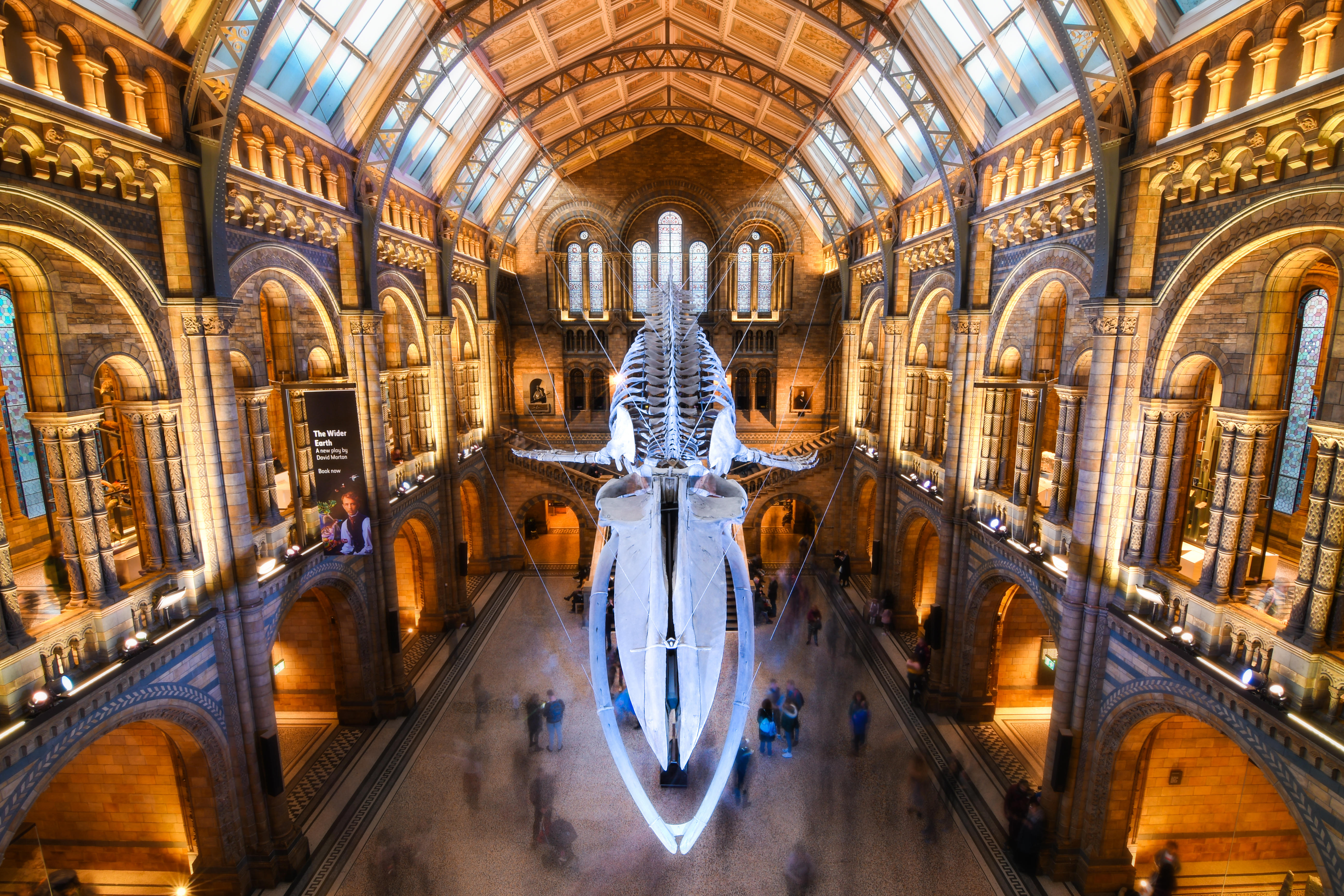Ruined towers, Cumbria

A Grade I Listed, 14th Century Manor House in Cumbria. The two Peele Towers at the front of the property were uninhabitable, the North Tower having served as a chicken coop and cow byre and the South Tower having fallen into ruin some 250 years previously. The massive rent in the stonework of the South Tower has been retained to spectacular effect and was said to have resulted not only from an attack on the building by Parliamentary forces in the 1640s but from numerous underground springs which fed a legendary holy well to the rear of the property and possibly a moat as well. This gash exposed fireplaces, stone carved door frames and spiral stairs to the elements but because the tower was inaccessible from the ground the features had remained untouched. Evidence of Roman occupation of the site was found during the renovation works and a number of archaeologists were involved throughout the duration of the conservation-led project. Inside, the original room layouts have been restored and the previously stranded fireplaces once more relate to floors and hearths. The original features were protected throughout which, reputedly, leaves the oldest garderobe in Cumbria intact. The renovation works were privately funded, family run and the protection and restoration of this landmark local manor contributes employment in the local community; local craftsmen were employed throughout the restoration and the solid oak flooring sourced from a local mill, as well as fostering associated tourism activity.
Sign up for the Country Life Newsletter
Exquisite houses, the beauty of Nature, and how to get the most from your life, straight to your inbox.
Country Life is unlike any other magazine: the only glossy weekly on the newsstand and the only magazine that has been guest-edited by HRH The King not once, but twice. It is a celebration of modern rural life and all its diverse joys and pleasures — that was first published in Queen Victoria's Diamond Jubilee year. Our eclectic mixture of witty and informative content — from the most up-to-date property news and commentary and a coveted glimpse inside some of the UK's best houses and gardens, to gardening, the arts and interior design, written by experts in their field — still cannot be found in print or online, anywhere else.
-
 Athena: We need to get serious about saving our museums
Athena: We need to get serious about saving our museumsThe government announced that museums ‘can now apply for £20 million of funding to invest in their future’ last week. But will this be enough?
By Country Life
-
 Six rural properties with space, charm and endless views, as seen in Country Life
Six rural properties with space, charm and endless views, as seen in Country LifeWe take a look at some of the best houses to come to the market via Country Life in the past week.
By Toby Keel